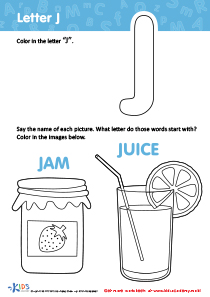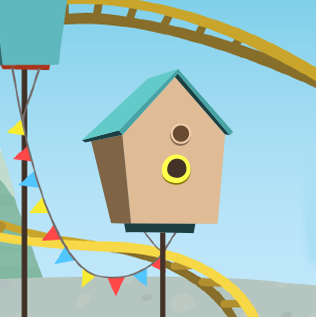English Language Arts Lessons | Letter Sound Relationships, Grade 2
0 results
Our Letter Sound Relationships Lessons are the perfect way to help Grade 2 children strengthen their reading and spelling skills. With interactive worksheets and engaging educational videos, these lessons are designed to teach children the relationships between letters and their corresponding sounds. Our assessment quizzes ensure that children understand the material, and can apply it confidently when reading and writing. These lessons provide a fun and effective way to improve your child's phonics skills, setting them up for success as they continue to develop their reading and writing abilities. Sign up now for these essential lessons!
Letter Sound Relationships Lessons: Helping Grade 2 Students Improve Their Reading Skills
Learning to read is an essential skill for children that can help them excel in their studies and future careers. For Grade 2 students, it is critical to understand the relationship between letters and sounds to advance their reading skills. That's where Letter Sound Relationships Lessons come in handy.
Letter Sound Relationships Lessons consist of interactive worksheets and sometimes educational videos and assessment quizzes. These lessons are designed to help students identify and develop an understanding of the relationship between letters and their corresponding sounds. By mastering this skill, Grade 2 students will develop the ability to read and decode words more quickly and accurately, helping them perform better in school.
The following are some of the benefits of Letter Sound Relationships Lessons for Grade 2 students:
1. Improved Phonics Skills
Phonics is the relationship between sounds and letters. Letter Sound Relationships Lessons help Grade 2 students develop their phonics skills, including learning the sounds of individual letters, letter combinations, blends, and digraphs. By mastering these skills, children can use their knowledge of phonics to decode and read words, leading to improved reading fluency.
2. Enhanced Reading Comprehension
When students understand the relationship between letters and sounds, they will have an easier time decoding words, leading to better reading comprehension. As students become more proficient readers, they can focus more on comprehension and making connections between ideas and concepts. Better reading comprehension skills can lead to improved grades across multiple subjects.
3. Greater Confidence
For many Grade 2 students, the process of learning to read can be challenging and frustrating. However, when they start to master the relationships between letters and sounds, it can be a significant confidence booster. By developing mastery over these skills, students can become more confident in their abilities and take on more challenging reading tasks.
4. More Engaging Learning Experience
Letter Sound Relationships Lessons include various interactive activities that make the learning process more engaging and fun for students. Incorporating videos and quizzes into the lessons can help students absorb the information and stay engaged. Interactive learning can also make it easier for students with different learning styles to understand the material.
5. Improved Spelling Skills
When students develop a better understanding of letter sounds, it also benefits their spelling skills. Spelling requires the ability to map spoken sounds onto written letters, and the mastery of the relationship between letters and sounds can help students become better spellers.


















